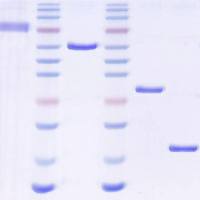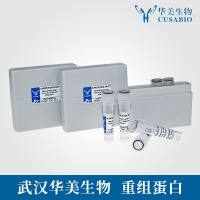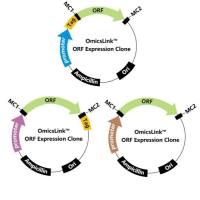Promoter Analysis in Zebrafish Embryos
互联网
628
Analysis of promoter regulation is a powerful strategy for the study of regulatory interactions between genes that play a role in embryonic development. It allows investigation of the molecular mechanisms that underlay temporal and spatial expression of a specific gene. In addition, one can study combinatorial signaling processes that are involved in the regulation of developmentally important genes. In general, promoter analysis involves the identification of specific regulatory DNA sequences, promoter, and enhancer elements, which are important for transcriptional activity of a gene. Enhancer elements are cis -acting elements that modulate gene expression in a time- and tissue-specific fashion (1 ). The first phase in the analysis of a promoter involves the cloning of promoter fragments of different sizes into constructs that contain a reporter gene that allows evaluation of promoter activity (Fig. 1 ). Through analysis of promoter activity of such a deletion series, specific enhancer elements, which modulate promoter activity, can be identified. Subsequently, regulatory sequences can be dissected further by cloning smaller fragments into a reporter vector containing a heterologous, constitutively active promoter, for example the herpes simplex virus thymidine kinase promoter. At the highest resolution, single basepair substitutions in the context of the wild-type promoter may reveal the requirement of specific elements for regulation of the gene under study (Fig. 1 ).






